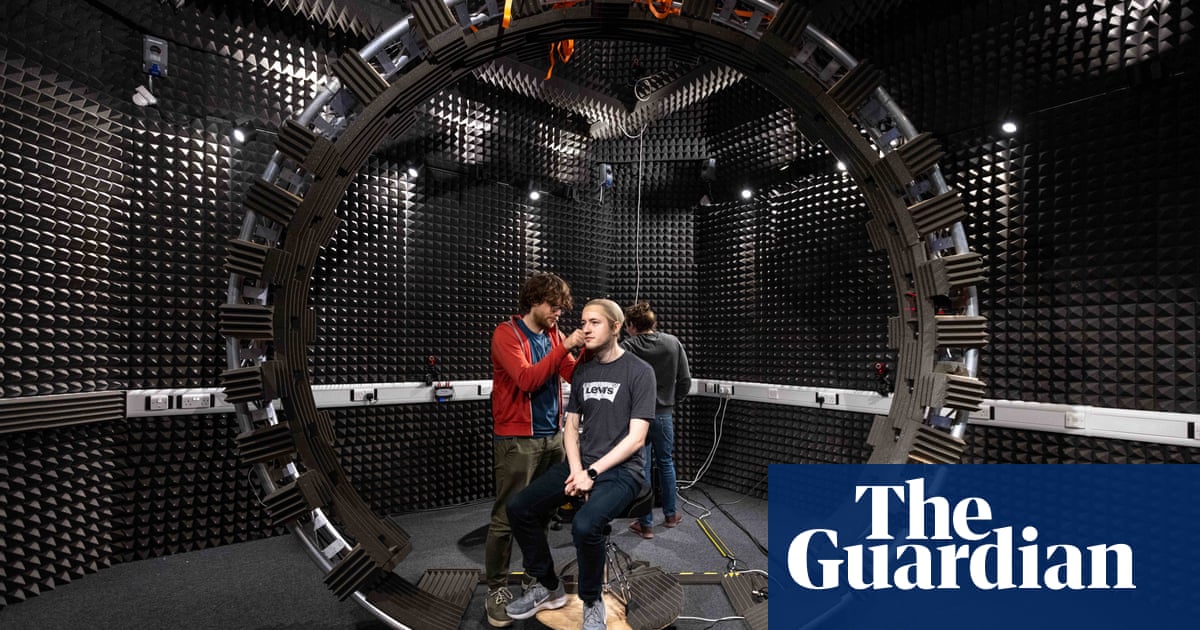
I always admired the way Steve Jobs could enrapture the world about a new product. His briefings of Apple breakthroughs over the years were legendary, and featured huge visuals behind him as he paced the stage. He was not just an innovator but also a master communicator. When I had to give addresses back in my military days, I would dive into Carmine Gallo’s “The Presentation Secrets of Steve Jobs” for inspiration.
Watching Russian President Vladimir Putin roll out a similar display of fearsome new weapons at his state of the federation speech the other day had the distinct feeling of watching a Steve Jobs-style brief put together by "Q," the gadget-loving quartermaster from MI6, in a twisted James Bond movie. But this bag of tricks is neither a new iPhone nor an Aston Martin with machine guns, or even an exploding pen. Putin was talking about nuclear weapons moving toward the US on a variety of new platforms. How seriously should we take this?
Let’s put aside that the videos special effects seemed straight from a 1990s video game, and start with the purported weapons themselves. In each case, US intelligence has been tracking the development of these systems over the past decade. There is a nuclear-tipped and nuclear-powered torpedo; a new generation intercontinental ballistic missile with longer ranges; a nuclear-powered cruise missile that could theoretically fly more or less forever and attack the US from any location; an air-launched high-speed cruise missile; and a hypersonic glide missile capable of flying 20 times the speed of sound. He also mentioned new laser systems to deploy against US weapons. He described several of the weapons as “invincible.”
His motivation in hyping these systems is threefold. First, in the “all politics is local” category, he has an election coming up on March 18. While he is predictably and comfortably in the lead in all the polls, he still wants to play to his base, as the saying goes. Russians, like people everywhere, enjoy nothing so much as a big spectacle on a huge stage. Add to that a good bashing of Russia’s enemy No. 1, and you have a sure winner.
Second, Putin is communicating with his circle of allies and partners around the world. His message to Bashar al-Assad in Syria, Kim Jung Un in North Korea, and the ayatollahs in Iran (can you spell “axis of evil”?) is one of reassurance that someone can stand up to the US in terms of global deterrence and high-end military technology. The demonstration is also a good way to enhance the sales of Russian weapons systems globally -- its producers are currently the second-largest supplier of weapons in the world and would love to surpass the US. Indeed, Russia exports as much as Germany, France and the UK combined, and triple what China sells globally.
Finally, Putin is sending a very direct signal to Washington. He hates US and Western interference with Russia at any level, from the sanctions over the invasion of Ukraine and annexation of Crimea to the Olympic punishments meted out after the massive doping scandal. The intent here is simple and brutal: We are a nuclear power and can destroy your nation. The fact that the US can do the same to Russia is not lost on Putin, but he will never miss a chance to remind the US that Russia has an equally lethal nuclear arsenal.
In terms of serious military capability, last weeks demonstration was a mixed bag. Nothing he displayed represented either a shock to the US intelligence community or a significant change in the existing balance of nuclear and conventional power. Several of the systems have not been demonstrated publically, nor put into serious production. The most worrisome over time is probably the nuclear torpedo, but the idea of a Russian first-strike remains extremely remote. And it is hard to envision a scenario in which the US decides to strike Russia. The odds are extremely high that we will continue along with the same deterrent regime that has kept the nuclear peace since the end of World War II: mutual assured destruction.
In terms of policy issues, Putins display of braggadocio underscores several important points. First is that stepping up the US conventional force posture in Europe is going to be critical to deterring Russia from using these kinds of weapons to threaten the Europeans. For a start, this means having a full four US brigade combat teams in place and permanently stationed in Europe. We also must continue to push NATO allies to up their game in terms of forces that are combat-ready.
It also emphasizes the importance of avoiding an escalation on both sides, in terms of producing and deploying low-yield nuclear weapons, which could very quickly intensify in a tense scenario and cause Russia to use one of these strategic weapons -- what analysts refer to as the "escalate to de-escalate" doctrine. Finally, it will require the Pentagon to develop comparable systems to maintain deterrence, particularly hyper-sonic nuclear-tipped cruise missiles, where Russian progress is outstripping out own.
Bloomberg View










